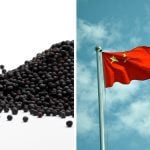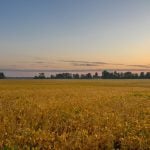Over the years, I have found readers like to hear about “how it all happened.” Sure, the results and how the results can direct crop practices is important. For soil salinity, our results have been communicated broadly for decades and practices have changed, but, in this piece, I will let you know how it all […] Read more













